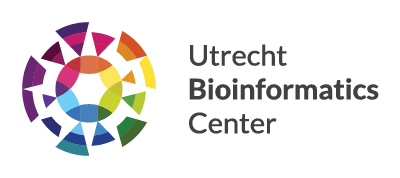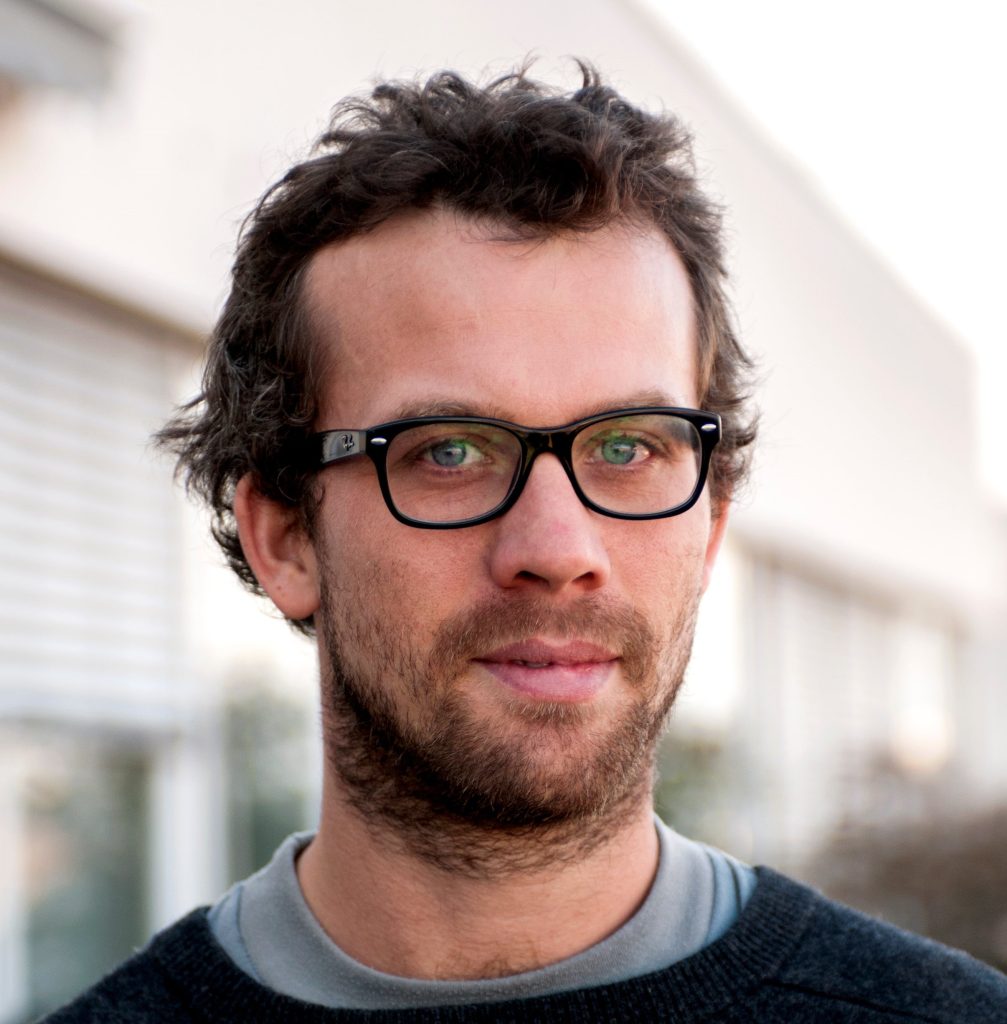Why do we need bioinformatics to understand the 3D genome?
How do you incorporate bioinformatics in your research?
In my laboratory we aim to understand how 3D genome organization is regulated on a molecular level and how DNA folding in turn regulates cellular homeostasis while allowing differentiation to occur at the same time. We use a variety of genomics techniques, e.g. ChIP-seq,HiC, RNA-seq and NOMe-seq. Often we use them in combination with genetic perturbation or throughout differentiation with the aim to understand how 3D genome organization is regulated and/or changed.
All these genomics techniques result in a lot of data that simply cannot be analysed by hand. So, in practice in my laboratory, we spend approximately 50% of our time performing experiments and the other 50% we analyse the sequencing reads using multiple bioinformatic tools. For instance, through bioinformatic analysis we determine which pieces of the linear genome are close together in 3D space.
Are you actively looking for collaborations at the moment?
Currently, we don’t have a specific question which requires expertise from a particular discipline. However, having written this, I believe that many of the constructive feedback I received in the past came from people with different backgrounds. Often they approach problems from a different perspective and could help identify opportunities I was not yet aware of.
What are you looking forward to most as a PI of the UBC?
By actively participating in the UBC community, I hope to obtain more insight and get inspired by interesting research in the wider field of bioinformatics in Utrecht. The different backgrounds of people within the UBC make it a great platform for sharing my own research. This will hopefully result in interesting discussions, the identification of novel research opportunities and new collaborations.
Lastly, we are also actively searching for a bioinformatician to tackle questions related to genomics and proteomics. So feel free to contact me if you are interested in our research!

